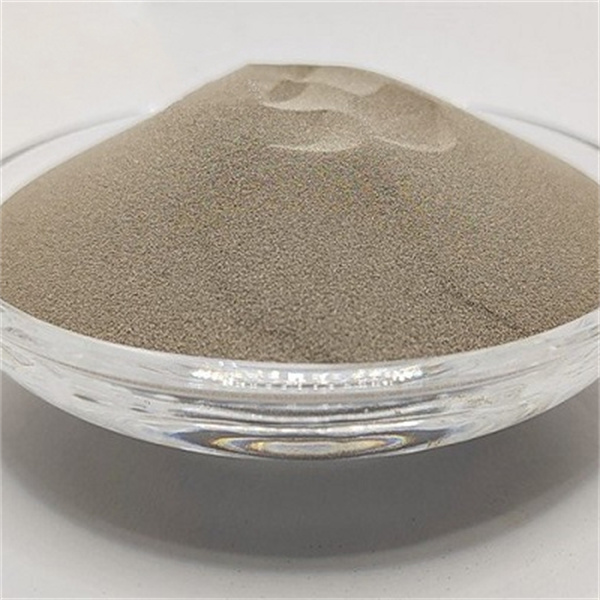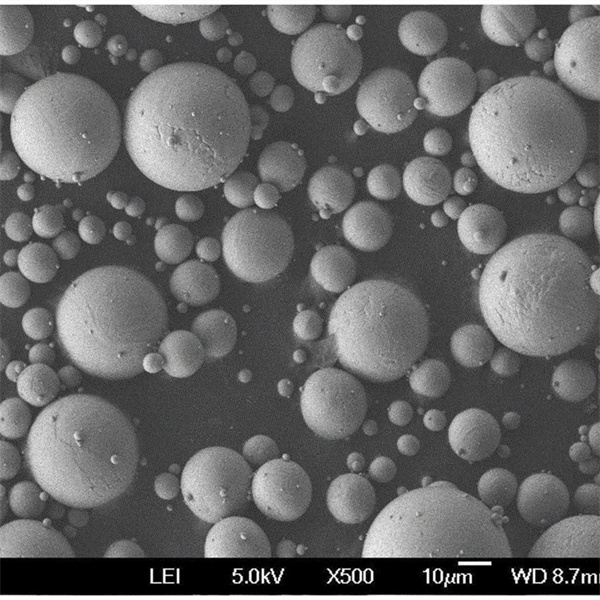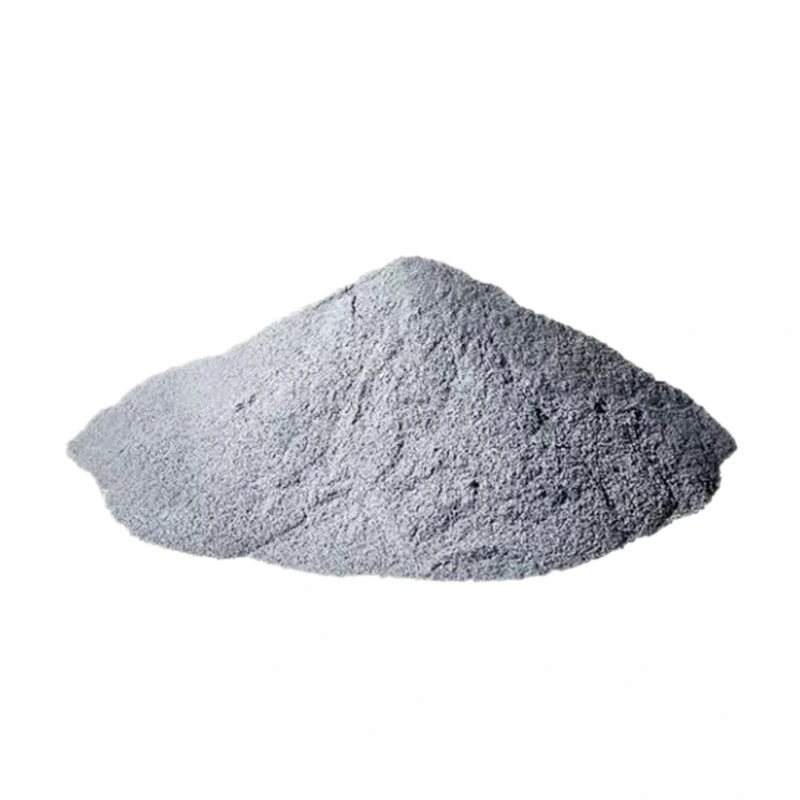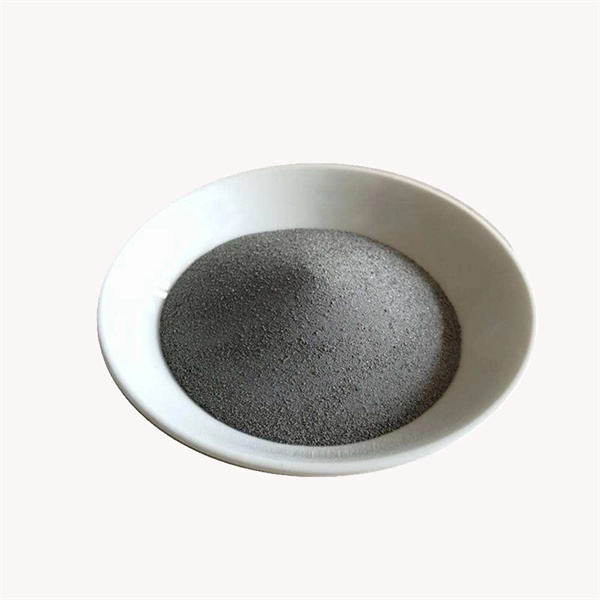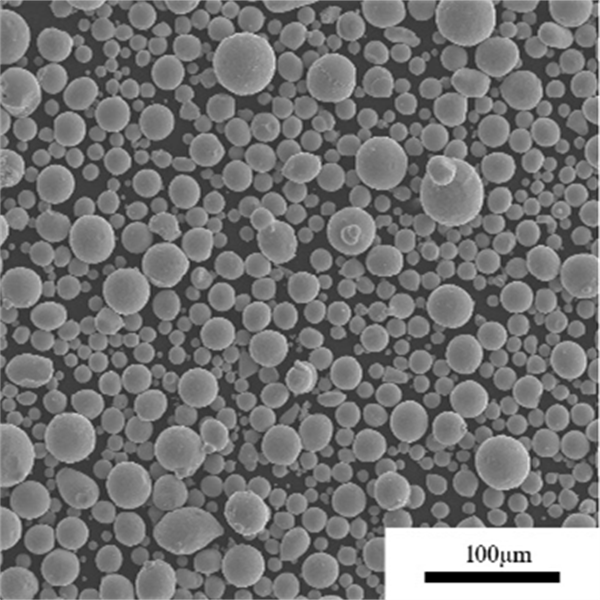Stainless Steel OP431 Powder
Stainless steel OP431 powder is a powdered form of stainless steel that consists of iron, chromium, nickel, and other alloying elements. It is manufactured through a specialized process called atomization, where molten stainless steel is rapidly cooled using gas or water, resulting in the formation of fine metal particles.
Low MOQ
Provide low minimum order quantity to meet different needs.
OEM & ODM
Provide customized products and design services to meet unique customer needs.
Adequate Stock
Ensure fast order processing and provide reliable and efficient service.
Customer Satisfaction
Provide high quality products with customer satisfaction at the core.
share this product
Table of Contents
Overview of Stainless Steel OP431 Powder
OP431 stainless steel belongs to the ferritic grade steels which contain chromium as the principal alloying element. The addition of aluminum enhances oxidation and corrosion resistance at high temperatures.
Key characteristics of OP431 powder include:
- Excellent oxidation and corrosion resistance up to 1150°C
- Good creep resistance and thermal fatigue strength
- Excellent thermo-mechanical stability
- High thermal conductivity and low thermal expansion
- Cost-effective compared to austenitic stainless steels
- Available in various particle size distributions
OP431 powder is ideal for applications requiring oxidation resistance, thermal stability and moderate strength at elevated temperatures.
Chemical Composition of OP431 Powder
OP431 powder has the following nominal composition:
| Element | Weight % |
|---|---|
| Iron (Fe) | Balance |
| Chromium (Cr) | 16-18% |
| Aluminum (Al) | 3-5% |
| Yttrium (Y) | 0.2-0.5% |
| Carbon (C) | 0.03% max |
| Silicon (Si) | 1% max |
| Manganese (Mn) | 1% max |
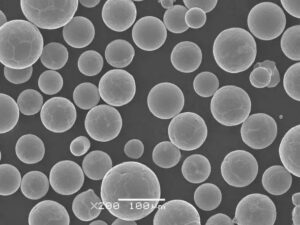
Chromium provides corrosion resistance while aluminum enables excellent oxidation resistance through formation of a protective alumina layer at high temperatures. Yttrium refines the grain size for additional strength.
Properties of OP431 Powder
Key properties of OP431 powder include:
| Property | Value |
|---|---|
| Density | 7.3 g/cm3 |
| Melting Point | 1400-1450°C |
| Thermal Conductivity | 29 W/mK |
| Electrical Resistivity | 0.6 μΩ.cm |
| Young’s Modulus | 200 GPa |
| Poisson’s Ratio | 0.27-0.30 |
| Tensile Strength | 450-650 MPa |
| Yield Strength | 280-480 MPa |
| Elongation | 15-20% |
| Oxidation Resistance | Excellent up to 1150°C |
The properties like high temperature strength, oxidation resistance, and thermal stability make OP431 suitable for demanding applications.
Production Method for OP431 Powder
OP431 powder can be produced via:
- Gas Atomization – High pressure inert gas used to atomize the molten alloy resulting in fine spherical powder ideal for AM.
- Water Atomization – High velocity water jet breaks up the molten stream producing irregular powder particles. Lower cost but higher oxygen pickup.
- Mechanical Alloying – Ball milling of blended elemental powders followed by sintering and secondary atomization.
Gas atomization allows excellent control over particle size distribution, morphology, oxygen pickup and microstructure.
Applications of OP431 Powder
Typical applications of OP431 powder include:
- Additive Manufacturing – Selective laser melting to produce complex parts needing high temperature oxidation resistance.
- Thermal Spray Coatings – Applied via arc spraying to provide protective coatings on components operating at over 1000°C.
- Brazing Filler – For joining ferritic stainless steel parts in high temperature applications.
- Solid Fuel Igniters – Powder metallurgy igniter plugs used in industrial furnaces and turbines.
- Molten Metal Processing – Powder metallurgy conveyor rolls, tundishes and ladles used in molten metal handling.
Specifications of OP431 Powder
OP431 powder is available under various size ranges, shapes and grades:
- Particle Size: From 15-45 μm for AM methods, up to 150 μm for thermal spray processes.
- Morphology: Spherical, irregular and blended shapes. Spherical powder has excellent flowability.
- Purity: From commercial to high purity grades based on application requirements.
- Oxygen Content: Levels maintained below 2000 ppm for most applications.
- Flow Rate: Powder can be customized for flow rates above 25 s/50 g.
Global Suppliers of OP431 Powder
Some of the major global suppliers of OP431 powder include:
- Sandvik Osprey (UK)
- Hoganas (Sweden)
- Carpenter Powder Products (USA)
- Praxair Surface Technologies (USA)
- CNPC Powder Group (China)
These companies produce various grades of OP431 powder tailored for additive manufacturing, thermal spray, powder metallurgy and other high temperature applications.
Pricing of OP431 Powder
OP431 powder is priced higher than austenitic grades but lower than exotic alloys:
- Quantity – $50-100 per kg for bulk orders above 500 kg. Smaller quantities are priced significantly higher.
- Quality – High purity, spherical powder with controlled characteristics demands premium pricing.
- Supplier – Large global suppliers offer competitive pricing owing to higher volumes.
- Geography – Prices vary between regions with Europe and North America being higher priced markets.
For critical applications, buyers should focus on quality rather than lowest cost while procuring OP431 powder.
Storage and Handling of OP431 Powder
OP431 powder requires the following storage and handling:
- Should be stored in sealed containers under inert gas to prevent oxidation
- Avoid accumulation of fine powder to minimize dust explosion risks
- Use proper PPE, ventilation, grounding and safety practices during handling
- Prevent contact between powder and incompatible materials
- Follow safety guidelines provided by supplier SDS
Proper protective measures must be taken when handling this reactive alloy powder.
Inspection and Testing of OP431 Powder
Key quality control tests performed on OP431 powder include:
- Chemical analysis using OES or XRF to ensure composition is within specified limits
- Particle size distribution as per ASTM B822 standard
- Morphology analysis through SEM
- Powder flow rate measured as per ASTM B213 standard
- Oxygen and nitrogen content testing by inert gas fusion
- Density determined by helium pycnometry
- Microstructure characterization by XRD
Thorough testing ensures the powder meets the required chemical, physical and microstructural characteristics for the intended application.
Comparison Between OP431 and 316L Stainless Steel Powders
OP431 and 316L stainless steel powders are compared:
| Parameter | OP431 | 316L |
|---|---|---|
| Type | Ferritic | Austenitic |
| Cr content | 16-18% | 16-18% |
| Ni content | – | 10-14% |
| High temperature strength | Higher | Lower |
| Corrosion resistance | Moderate | Excellent |
| Cost | Lower | Higher |
| Applications | Thermal spray, igniters | Automotive, construction |
| Weldability | Poor | Excellent |
OP431 offers much better high temperature strength whereas 316L provides excellent fabrication characteristics and corrosion resistance.
OP431 Powder FAQs
Q: How is OP431 powder produced?
A: OP431 powder is commercially produced using gas atomization, water atomization, and mechanical alloying followed by sintering. Gas atomization provides the best control of powder characteristics.
Q: What are the main applications of OP431 powder?
A: Key applications include thermal spray coatings, additive manufacturing, brazing filler, powder metallurgy igniter plugs, and high temperature molten metal handling components where oxidation resistance is needed.
Q: What is the typical OP431 powder size range used in metal AM?
A: For most metal AM processes, the ideal OP431 powder size range is 15-45 microns with spherical morphology and good powder flow characteristics.
Q: Does OP431 powder require any special handling precautions?
A: Yes, it is recommended to handle this reactive powder carefully under inert atmosphere using proper ventilation, grounding, and PPE.
Q: Where can I purchase OP431 powder suitable for thermal spray coatings?
A: For thermal spray applications requiring high temperature oxidation resistance, OP431 powder can be purchased from leading manufacturers including Sandvik Osprey, Hoganas, Praxair Surface Technologies, and CNPC Powder Group.
About Met3DP
Product Category
HOT SALE
CONTACT US
Any questions? Send us message now! We’ll serve your request with a whole team after receiving your message.

